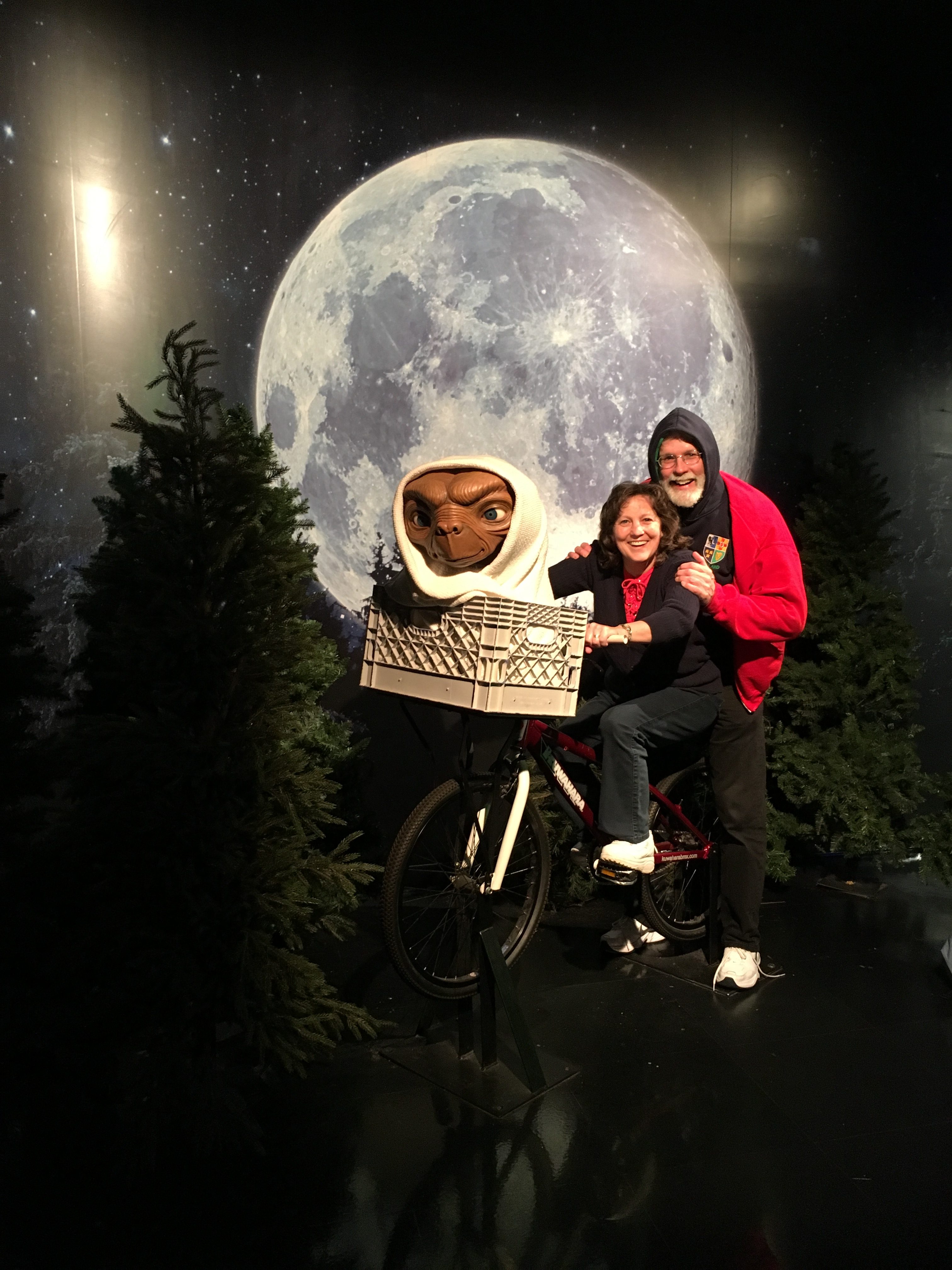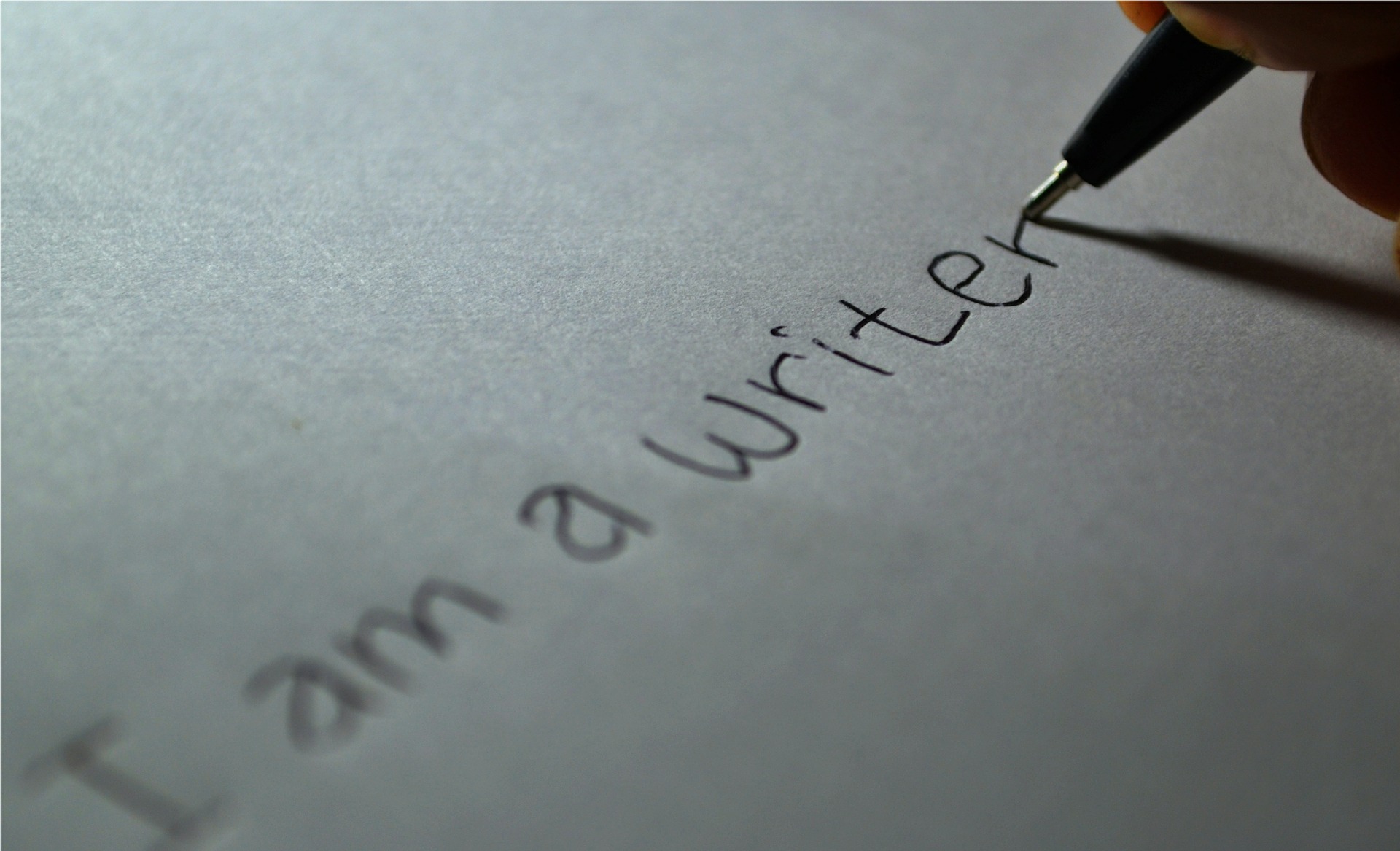A funny thing happened on the way to learning how to write a screenplay. I wrote a novel instead.
In 2007, I had spent the previous five years writing children’s books for VeggieTales, but I decided that I wanted to learn how to write a screenplay. So I travelled from Illinois, through Tennessee and the Blue Ridge Mountains to the first-ever Gideon Media Arts conference just outside of Asheville, North Carolina.
My screenwriting teacher, Kathy Mackel, was outstanding, and I left the conference with the first page of my screenplay written. My screenplay would tell the true story of Henry Brown, a slave who escaped from Richmond, Virginia, in 1849 by shipping himself to Philadelphia inside a box.
As it turned out, Kathy Mackel was not just a screenwriting teacher. She is also a gifted novelist, and she suggested that I write my first novel, which became The Disappearing Man—the story of Henry “Box” Brown. Even though the story wound up as a novel, I never gave up on the movie idea, and I developed it into a screenplay while I was making revisions to my novel.
By doing this, I discovered a surprising thing. I found that writing a screenplay helped me write my novel, and I also found that writing the novel helped me write the screenplay. Both forms of writing fed off of each other. Things I did in the screenplay inspired changes to the novel, and things I did in the novel inspired changes in the screenplay.
My screenplay wound up being optioned for film by a company in New York that is actively seeking funding for a movie. But my experience with the screenplay/novel dynamics convinced me of the benefits of writing my stories in both forms, even if the screenplays are never optioned. As a result, I have written screenplays for all of my novels.
Here are a few of the ways that the process of writing a screenplay can impact your novel:
Writing a screenplay makes your novel more visual. In a film, of course, visuals reign. You have no interior dialogue, as you do in a novel, so you have to rely on good acting and strong visuals.
For instance, one of the most powerful images from Henry Brown’s story can be found in two slave narratives published in 1849 and 1851. In those narratives, Henry tells about being taken by his mother to the edge of the forest in autumn when he was a child. His mother points to the trees and says, “The life of a slave, your life, is like the leaves. The wind scatters ‘em, scatters ‘em where it will. And there ain’t no getting’ ‘em back.”
The picture of the leaves in autumn became a key image in my screenplay and, as a result, a key image in my novel. Leaves in autumn became a major metaphor of the story, and it all came from thinking visually when I was writing the screenplay.
Writing a screenplay helps you to show, not tell. In fiction writing, we’re always being told, “Show, don’t tell.” Make your scene real by putting your reader in the environment with concrete details. What does the character see, smell, touch, and hear? Show how a character expresses anger; don’t just tell the reader that a character is angry.
Because films are so visual, a screenplay forces you to tell your story by showing, not telling. You have to show what’s happening. It’s a movie! You have no other choice, unless you’re planning to have a narrator talk throughout the film—a sure way to ensure that no one options your screenplay.
Writing a screenplay forces you to be concise. Every word is precious in a screenplay. After all, each page of a screenplay equals roughly one minute of a movie, so beginning screenwriters are told to aim for about 90 pages—120 pages at the very most. The tightness of the page count forces you to be a concise writer, to cut out the fat, and this helps your novel.
I realize that readers thrive on the kinds of details in a novel that you cannot get in a movie; that’s why a lot of people say, “I liked the movie, but it wasn’t as good as the book.” So I understand that it’s important to let the story breathe a little in a novel, where you aren’t so constrained by the page or word count. But the risk is that a novel will wander and become loaded down with unnecessary details. A screenplay trains you to avoid these pitfalls and to stay focused on the central plot because you do not have the luxury of wandering.
Cutting your novel down to fit into a screenplay can be a painful process, but it forces you to decide what’s most important to your story.
Writing a screenplay helps your dialogue. In most movies (but not all), characters don’t have the luxury to talk on and on and on. Therefore, I find that the dialogue in my screenplay is much snappier and faster-paced than in my novel. After I write a screenplay, I often find myself going back to the novel and trimming my wordy dialogue.
Writing novels and writing screenplays are very different processes, so not every novelist will want to tackle a screenplay. But if you love movies and think you might have a knack for screenwriting, then by all means give it a go.
To play off of the words of Forrest Gump (a book that became a movie), “Writing is like a box of chocolates. You never know what you’re gonna get.”
That applies to both novels and screenplays.
* * *
5 for Writing
- Get writing. Find the time to write. Then do it.
- Learn by listening—and doing. Solicit feedback, discern what helps you.
- Finish your story. Edit and rewrite, but don’t tinker forever. Reach the finish line.
- Thrive on rejection. Get your story out there. Be fearless. Accept rejection.
- Become a juggler. After one story is finished, be ready to start another. Consider writing two at once.








2 Comments
Thanks for this, Doug! I may have to try to write my screenplay as a novel and see what happens. Thanks!
Are there instructions on how to write you novel as a screenplay? Elaine Allcut